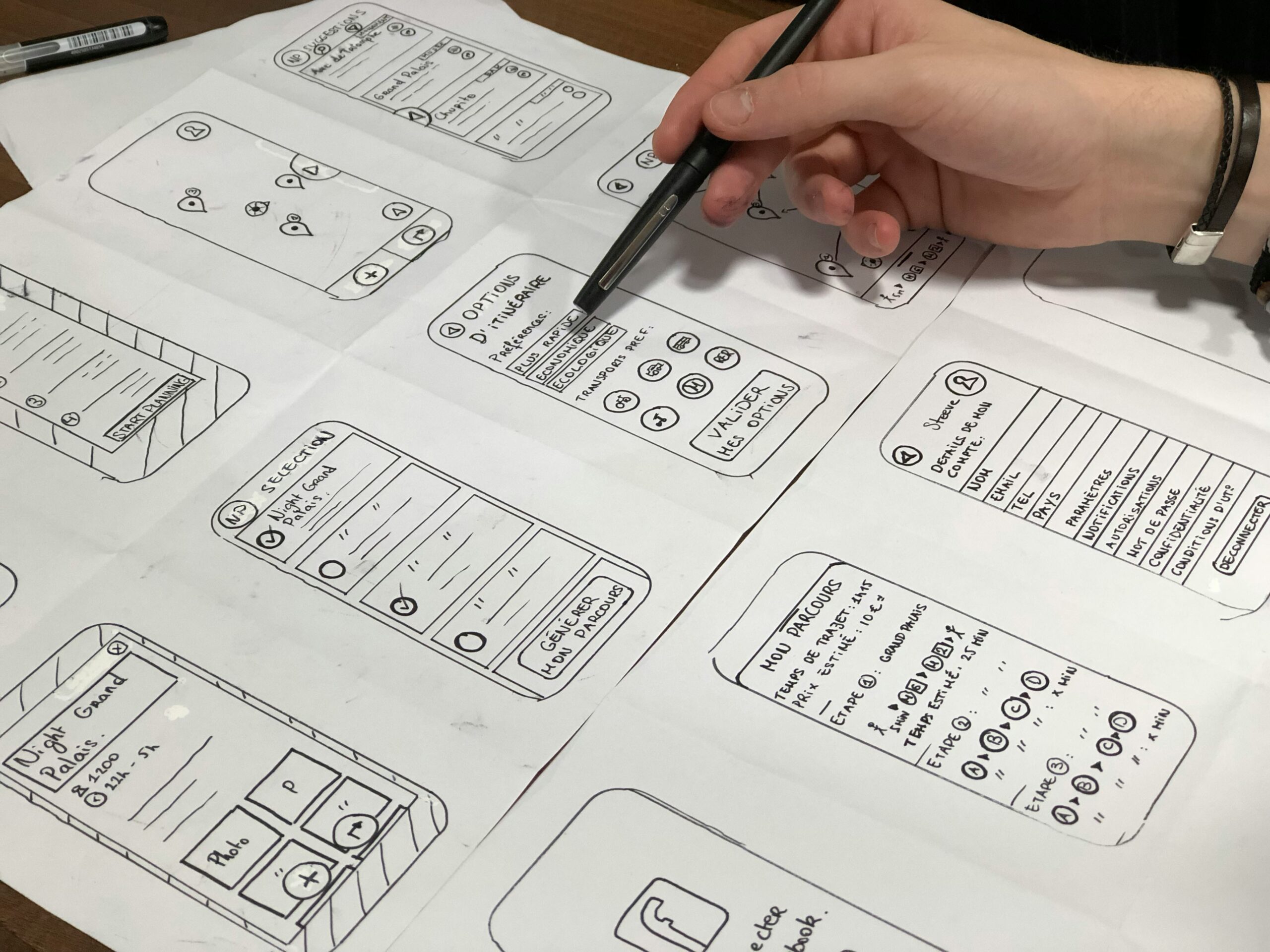In today’s digital age, smartphones have become an integral part of our lives. With the majority of internet users accessing the web through their mobile devices, it has become crucial for businesses to prioritize mobile-first design. This approach ensures that websites and applications are optimized for smaller screens, providing a seamless and intuitive user experience (UI/UX) for smartphone users.
What is Mobile-First Design?
Mobile-first design is a design philosophy that prioritizes the mobile experience over the desktop experience. Instead of designing for large screens and then scaling down for mobile devices, mobile-first design starts with the smallest screen size and then progressively enhances the design for larger screens.
The Benefits of Mobile-First Design
1. Enhanced User Experience: By focusing on the mobile experience first, designers can create intuitive and user-friendly interfaces that are specifically tailored to the constraints and capabilities of smartphones. This results in a seamless and enjoyable experience for mobile users, leading to increased engagement and conversions.
2. Improved Performance: Mobile-first design encourages designers to prioritize performance optimization. By eliminating unnecessary elements and optimizing code, websites and applications can load faster on mobile devices, reducing bounce rates and improving user satisfaction.
3. Better Search Engine Optimization (SEO): With Google’s mobile-first indexing, where the mobile version of a website is given priority in search rankings, mobile-first design becomes crucial for SEO. By ensuring that your website is mobile-friendly and provides a great user experience, you can improve your search rankings and drive more organic traffic to your site.
4. Future-Proofing: As technology continues to evolve, mobile devices are becoming more diverse in terms of screen sizes and capabilities. By adopting a mobile-first design approach, you can future-proof your website or application, ensuring that it remains accessible and usable across a wide range of devices.
Key Principles of Mobile-First Design
1. Simplify and Prioritize: Mobile screens have limited real estate, so it’s important to simplify the design and prioritize essential content and functionality. Remove any unnecessary elements and focus on what matters most to the user.
2. Responsive Design: Mobile-first design goes hand in hand with responsive design. By using responsive frameworks and fluid layouts, you can ensure that your website or application adapts seamlessly to different screen sizes and orientations.
3. Touch-Friendly Interactions: Mobile devices rely on touch-based interactions, so it’s crucial to design with touch in mind. Use large, easily tappable buttons and ensure that interactive elements are spaced out to prevent accidental taps.
4. Optimized Typography: Legibility is key on smaller screens. Use clear and readable fonts, appropriate font sizes, and ample line spacing to ensure that your content is easily readable on mobile devices.
5. Performance Optimization: Mobile users have little patience for slow-loading websites. Optimize images, minify code, and leverage caching techniques to improve performance and reduce load times.
6. User Testing: Regularly test your designs on various mobile devices and gather feedback from real users. This will help you identify any usability issues and make necessary improvements to enhance the overall user experience.
Conclusion
Mobile-first design is no longer just an option; it’s a necessity in today’s mobile-centric world. By prioritizing the mobile experience, businesses can create intuitive and user-friendly interfaces that cater to the needs of smartphone users. With the benefits of enhanced user experience, improved performance, better SEO, and future-proofing, mobile-first design is a strategy that every business should adopt to stay ahead in the digital landscape.












Leave a Reply